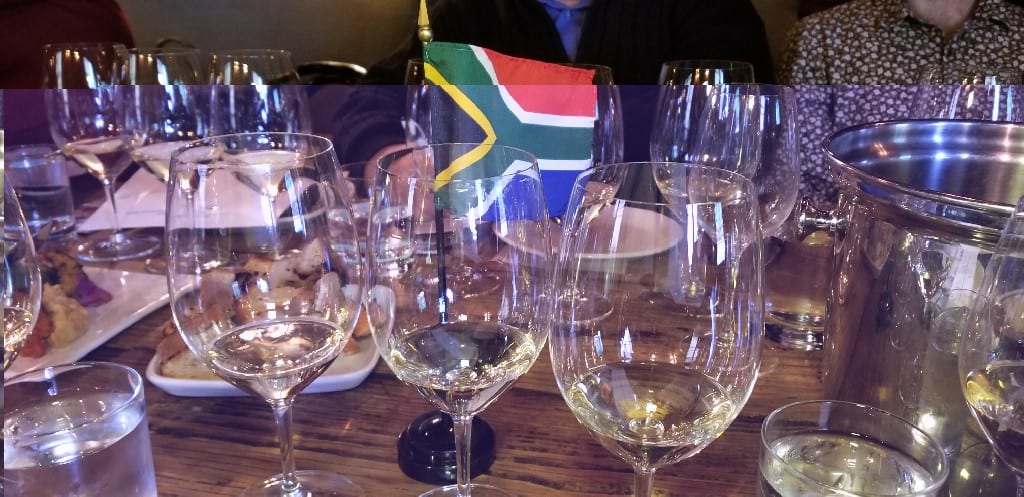With a long history of winemaking in South Africa, it is odd to think of South Africa as also New World. But, in many way, South African wines are new to many of us in the US. That said, we will see more and more of them as imports have been growing. So, here is a little taste of what you might find from South Africa, which I wrote about in the
Napa Valley Register and am sharing here.

South Africa has been producing wine for more than 350 years. It is one of the most prominent wine producing countries in the southern hemisphere and is the ninth-largest producer of wine in the world.
One can think of South African wine as the Old World meeting the New World. Despite is long history, South African wines have only recently begun to become more prevalent in the U.S., with double-digit volume growth in the past few years.
07 May, 2019





